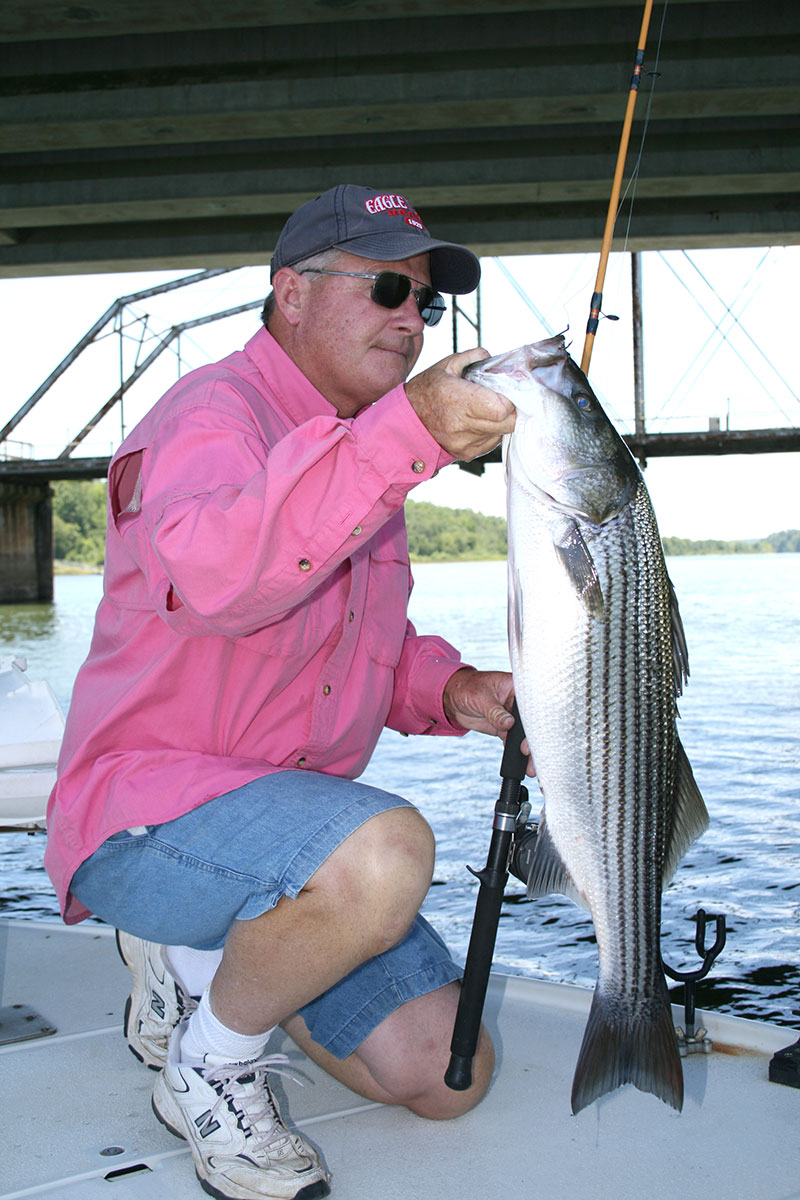
Striped bass, hybrids thrive on these lakes
The Savannah River chain of lakes along the South Carolina and Georgia border offers a trio of lakes that provides sensational striper and hybrid bass fishing.
The line-sided fish limits are liberal on lakes Hartwell and Clarks Hill. And on Lake Richard B. Russell, anglers have a legitimate opportunity to catch trophy stripers because of stocking and regulatory controls. The South Carolina state record was caught at Lake Russell.
This trio of lakes provides a vast playground for striper fishermen. And the summer months typically provide fast-action on quality fish.
Lake Hartwell
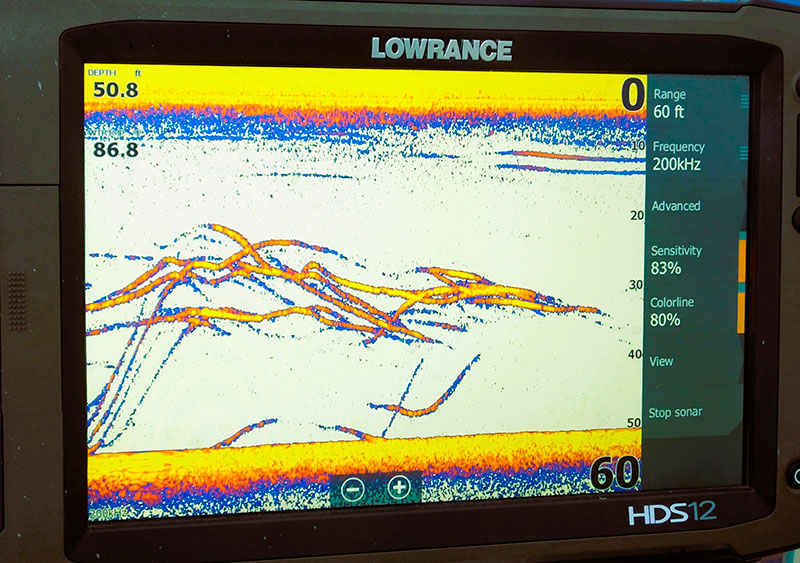
The uppermost of the three Savannah River striper systems is Lake Hartwell where abundant forage, specifically blueback herring and shad, keeps these stripers fat and sassy.
Chip Hamilton has guided on Lake Hartwell for decades. His bait of choice is blueback herring during the summer months.
“Blueback herring in the 4- to 6-inch size class works great for both quantity and quality of stripers and hybrids. They can be found around the lake at bait shops,” he said. “Anglers need a good live bait tank to keep them alive and active. And fresh, active bait is crucial.
“The blueback herring is a deepwater forage. And as stripers move deeper in July, herring are simply easier for stripers to eat, compared to threadfin, a shallower type of forage.”
Hamilton (864-304-9011) said July fishing at Lake Hartwell has two distinct fish transitions periods.
“The first transition is in late June and early July when most of the forage fish have spawned and stripers and hybrids begin to go deeper,” he said. “Fish usually are found in the mid-river areas of the Seneca or Tugaloo river. And they often orient around the mouths of deep coves, in 40 to 50 feet of water, with stripers frequently suspended at 30 to 40 feet deep. The thermocline is beginning to establish, so the deepest water may not have enough oxygen. Thus, stripers suspend in that 30-plus foot depth range.
“I’ll fish downlines at this depth, or just shallower, where stripers are graphed. I’ll also fish freeline rigs with herring, swimming with no weights. Stripers holding around 30 to 35 feet will see a freelined herring and maul it. Some days, freelines catch more than down rods in this scenario.
“As the thermocline is established, oxygen in deep water up the lake becomes problematic. And late in the month, and into early August, the second transition occurs. Most of the fish move down the lake to the main Savannah River sector near the Hartwell Dam,” he said.
Hamilton said the deep water near the dam is typically oxygenated enough to support fish down to the 80- to 90-foot depth range. And until the weather patterns change in the fall, this is where most of the fish are caught. Down lines are the go-to rig in this deep fishing.
On Lake Hartwell the limit is 10 striped or hybrid bass, or a combination of those daily, and only three may be more than 26 inches in total length.
Lake Russell
Lake Richard B. Russell is an often-overlooked striper fishery, especially in the main body of the lake. The upper end of the lake, in the Lake Hartwell tailwaters, produces excellent hot-weather action, and attracts plenty of fishermen.
The action can be worth it, because of the potential to catch huge striped bass.
Guide Wendell Wilson fishes Lake Russell for multiple species year-round. He said July provides an excellent opportunity to catch trophy stripers.
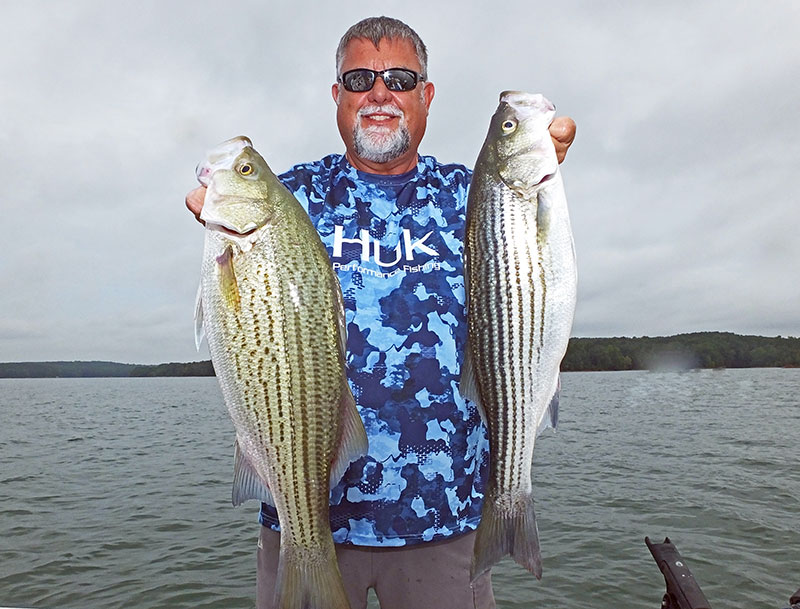
“The first few miles below the Lake Hartwell Dam produces big stripers because they’re attracted to the cold-water releases from Lake Hartwell,” Wilson said. “A lot of big stripers congregate in this area of the lake, providing a better-than-normal opportunity to hook a trophy fish.”
Wilson, from Elberton, Ga., said live bait is the most productive method to hook big stripers. And live trout (legal in these waters), blueback herring and gizzard shad are all excellent options. His son Luke is working with him and has been training (fishing) for most of his life to take over the family business.
“I’ll fish with planer boards to get baits away from the boat and work along the edges of the old channel, as well as around points and pockets along the way,” he said. “I’ll freeline the bait about 30 feet behind the planer board. So it will be working shallow, usually less than 3 feet deep.”
Wilson (706-283-3336) said he prefers mornings for fishing this area this month. Generation from the dam often occurs in the afternoon. And that cold-water influx attracts, and holds the stripers in the area. During mornings, much less current is the norm, making fishing more productive.
“Big stripers are caught later in the day when current is stronger,” he said. “But I think the action is more consistent early.”
Wilson fishes the lower end of the lake during the summer. Fishing pressure is much lower on the lower end of the lake, and big stripers are available here too.
He said the deep water near the Russell Dam is his favorite area, and he’ll use the same live baits fished behind planer boards, then with down lines, targeting much deeper water after he marks stripers using his electronics.
“Lake Russell is a great lake for targeting big stripers during the summer months,” Wilson said. “Because it’s considered a trophy striper fishery, the fish limits are lower and the stocking rate is lower, to enable stripers to grow large. And it’s working.”
On Lake Richard B. Russell, including the Lake Hartwell tailwater, anglers can possess no more than two striped or hybrid bass, or a combination of those, daily. Only one may be longer than 34 inches total length.
Clarks Hill Lake
Clarks Hill fishing guide Eddie Mason understands striper and hybrid behavior, and is always anxious to get on the water before any hint of light creases the sky.
“A lot of times, we’ll have a really good striper and hybrid bite early. And we need to be in position and ready,” he said. “Plus, it’s a good time for big fish too.”
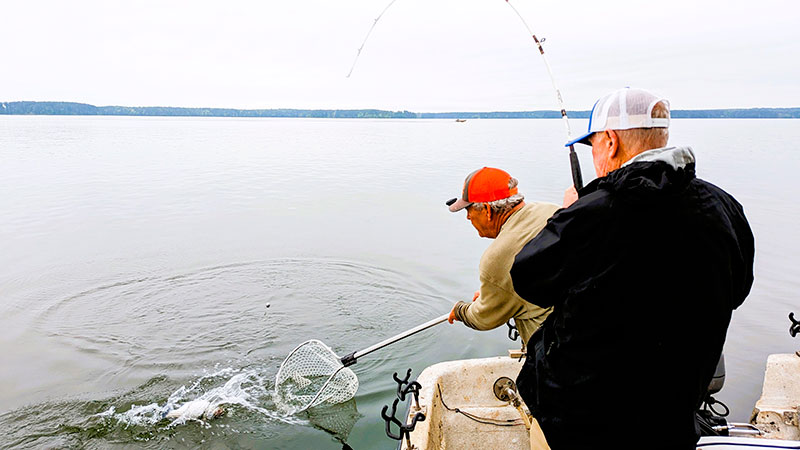
On one particularly warm July morning, it was as if they read Mason’s mind because hybrids and stripers pushed into the area just before sunup. The action was wild.
The guide from Modoc, SC was anticipating this scenario and had placed only four rods out. Truth is, he almost didn’t get them all out before fish were loading on. The action was so fast, each angler manned a single rod and still had no time to rest between fish bites.
Mason (803-637-5395) was a blur of activity, baiting and resetting rigs in rod holders, while almost simultaneously netting these scrappy, line-sided fish. The pace of the early morning bite did slow a bit after sunup, but not a lot. But it allowed him to put a couple of extra rods out and gave his anglers brief interludes between bites.
“This is typical of hot weather striper fishing,” he said. “I typically try to get out by 5 a.m. and we’ll get on some fish early and enjoy fast-paced action until the bite settles into steady action. Sometimes the initial burst of action doesn’t begin until later. But you never know, so we go early. Once it starts, it doesn’t slow down for a while.”
Mason said summertime fishing is mostly down rod fishing using live blueback herring in the main lake area of Clarks Hill, primarily on the lower end of the lake.
“I’ll be fishing around points and humps, often in about 30 to 40 feet of water,” he said. “The daily pattern can vary, based on where the baitfish are found. And we’ll sometimes find most of our fish on or near the bottom. Other times we’ll find fish suspended. I watch my graph to get a handle on the depth to fish before we begin.”
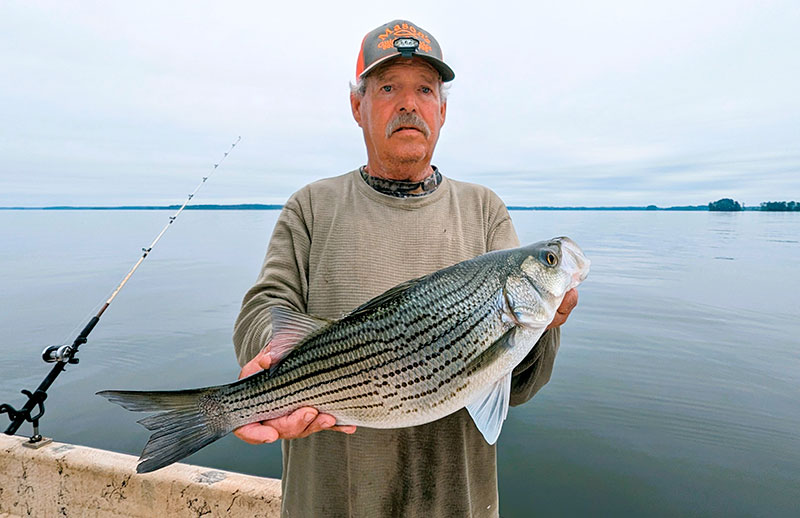
Mason said the key to the productivity in the lower end is the oxygen line that forms during the summer. He said a diffuser system was placed in the Modoc area of the lake to add oxygen into the water beginning in June until fall, when stripers and hybrids need it most.
According to the Corps of Engineers, nine diffuser lines were installed to pump oxygen through several miles of perforated pipes submerged at various depths below the lake’s surface.
“It’ll take a couple of weeks to set up a good line of oxygen from the lines to the dam,” Mason said. “But it’s working and that’s why stripers and hybrids are found in big numbers in the lower end of the lake. And the fish will hold to that line, but we’ve still got to find their exact location daily.”
Mason said while summertime is great for numbers of fish, July fishing will still produce big stripers.
“I wouldn’t rate July as prime time for trophy fish. But it’s great for lots of action with quality fish,” he said. “On this lake, big fish can be caught throughout most of the year.”
On Clarks Hill Lake (aka Lake Thurmond) the limit is 10 striped or hybrid bass, or a combination of those daily, and only three may be longer than 26 inches in total length.

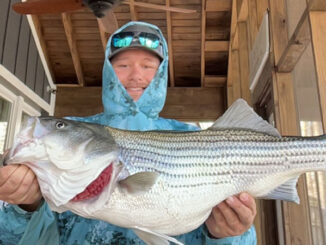
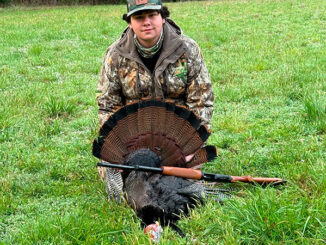
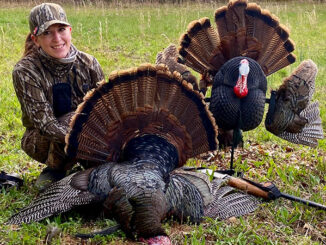

Be the first to comment